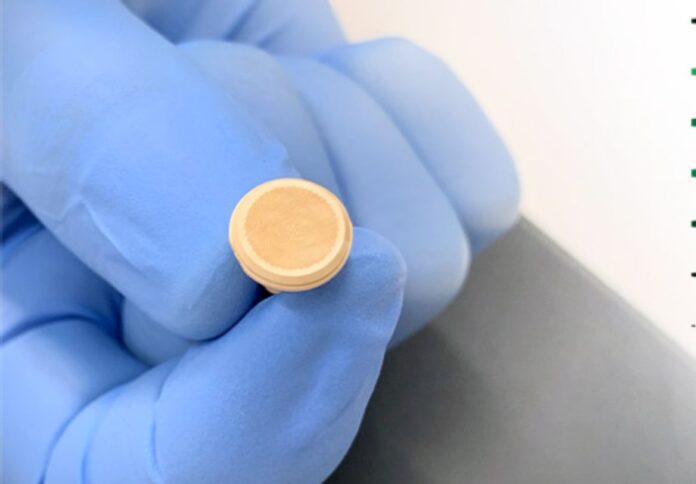
Two projects involving medical and scientific researchers from the University of Sydney have secured government funding through the Cooperative Research Centres Projects’ (CRC-P) latest round.
The research and development initiatives, which involve the Faculty of Medicine and Health and the Faculty of Science, are focused on the development of a needle-free skin patch for COVID-19 vaccination and advancing the commercial scale production of particular nanoparticles for image-guided cancer surgery and therapy.
Nineteen industry-led collaborative R&D projects will benefit from the $44 million grant program, which was launched by the Australian government recently.
Built on nanoparticle research previously undertaken by Associate Professor Brian Hawkett and chemists within the University of Sydney’s Key Centre for Polymers and Colloids, Australian biotech company Ferronova seeks to develop commercial-scale manufacturing of its Ferrotrace super-paramagnetic iron-oxide nanoparticles (SPION) platform.
Professor Hawkett will help steer the SPION project in collaboration with Australian Bragg Centre for Proton Theraphy and Research Limited, Siemens Healthcare Pty Ltd, South Australian Health and Medical Research Institute Limited and the University of South Australia.
Also among the CRC-P funding recipients is Vaxxas, a Brisbane-based biotechnology company that seeks to advance the development and clinical testing of the first COVID-19 vaccine candidate administered using a needle-free skin patch.
University of Sydney Professor Rachel Skinner has played a key role in researching the safety, feasibility, acceptability and usability of the Vaxxas patch technology.
Developed in collaboration with the University of Queensland, the project aims to use the CRC-P funding to support the further development of Vaxxas’ product, including the execution of Phase II clinical studies and obtaining licensing for sovereign manufacture.




















